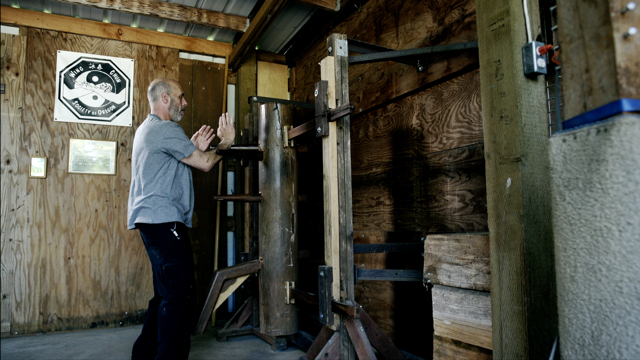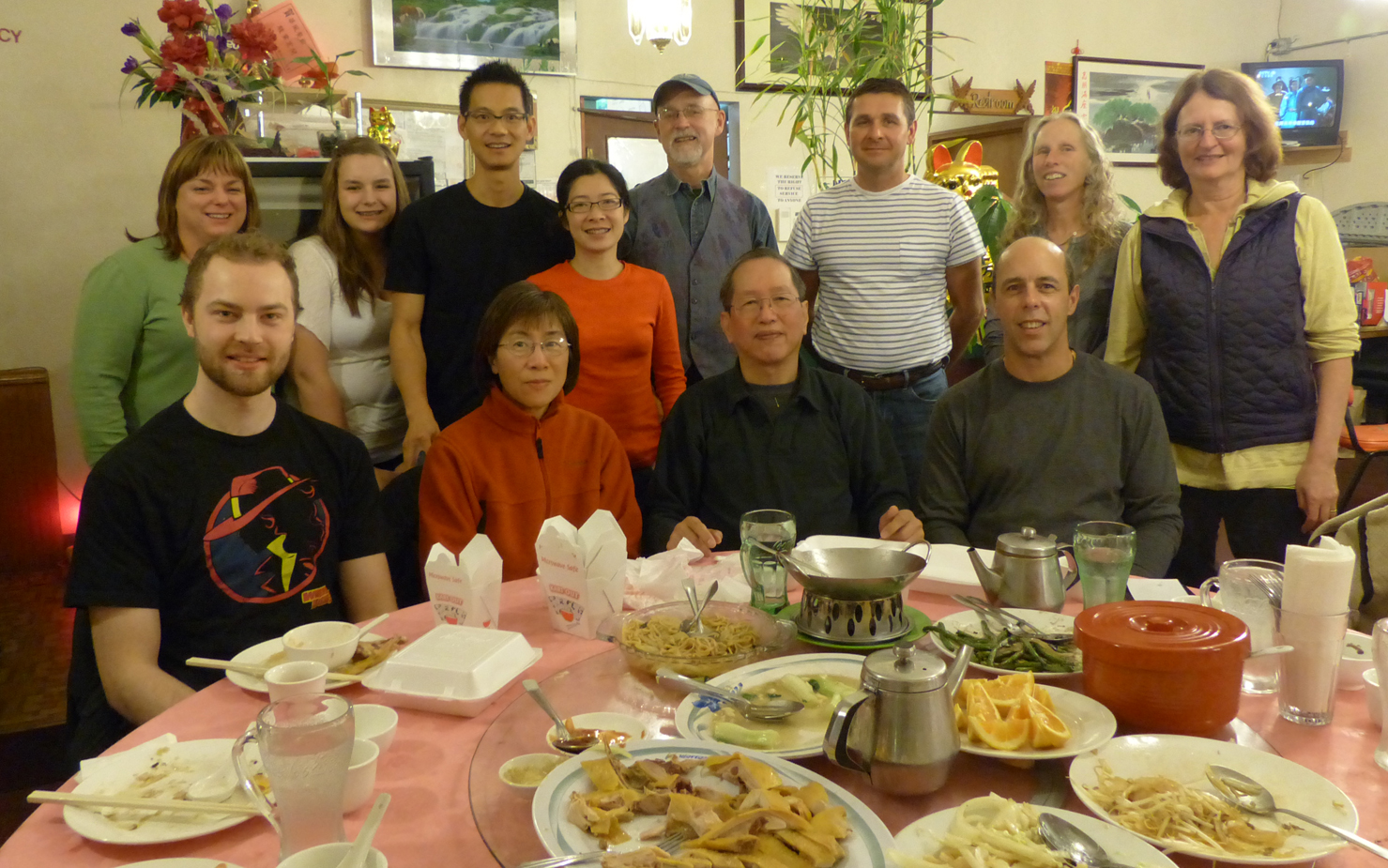The history of Wing Chun is difficult to positively trace. Originally, it was passed on, as oral traditions from teacher to student, so written records are scarce. Wing Chun also played a role during times of revolution and war, times when misinformation can be key to survival. This and the passing of time have obscured its origins.
The popular version starts with the burning of the Shaolin Temple by members of the Qing dynasty who were suspicious and threatened by the Monks’ revolutionary activities.
It is said that five monks escaped. Among them was a nun named Ng Mui. While Ng Mui was taking refuge, she modified the Shaolin system by introducing new ideas and concepts. She met and taught her art to a woman by the name of Yim Wing Chun. Yim Wing Chun passed this art to her husband Leung Bok Chau. Leung named the system after his wife, Wing Chun. The art was then passed to Leung Lan Kwai.
Leung Lan Kwai in turn passed it to a Chinese opera performer named Wong Wah Bo.
Chinese opera performances were based on the martial arts and many of the performers were also practitioners of the arts. These practitioners were said to be heavily involved in revolutionary activities. The Chinese opera was very mobile and due to their means of transportation, were sometimes referred to as “the red boats”. These red boats were fertile training grounds for gung fu.
Wong Wah Bo shared his information with Leung Yee Tai who then passed the system to a physician from Fatshan named Leung Jan. Leung Jan then passed it onto Chan Wah Shun also known as (Jial Chin Wah) Wah the money changer. Chan Wah Shun passed it on to Yip Man. Yip Man took the art to Hong Kong where it then spread around the world. This was greatly due to the fame of one of his students, Bruce Lee.
In Hong Kong, one of Yip Man’s initial groups of students included Jiu Wan. Yip Man and Jiu Wan had both studied Wing Chun in Fatshan prior to each other’s arrival in Hong Kong. In Fatshan, Jiu Wan studied under a member of his family who was a student of Chan Yiu-Min. Chan Yiu-Min was the son of Chan Wah Shun, Yip Man’s teacher. In Hong Kong, Jiu Wan always considered Yip Man his teacher.
One of Jiu Wan’s early students in Hong Kong was Hung Chow (Chow Hung-Yuen, 師父 周 幸賢). Hung Chow started learning Wing Chun from Jiu Wan in the early 1960’s at Pak Ho Street (Shan Sui Po) Kowloon.
Sifu Hung Chow started teaching Wing Chun to a few friends in Portland, Oregon, in the 1970’s. He taught semi-privately in a very traditional atmosphere that promoted not only an understanding of Gung Fu but also the culture in which it was developed. The club is run today by a core group of long term students to preserve those values and teaching methods. The curriculum is non-commercial and non-competitive. The training does not accommodate tournament rules and is focused on practical skills that are useful in survival situations.
Though the techniques of Wing Chun are direct, simple and can be learned in a relatively short period of time, they are only vehicles for much more complex principles of mental and physical balance. These principles include the theory of Yin & Yang, a force that continually coexists in nature. Relaxation, focused concentration, sensitivity, and many other principles are also addressed.
Depending on how you look at it, there are advantages and disadvantages to every approach. Wing Chun is no different. It requires time, patience, and persistence. These are also characteristics that are further developed through the training. It is a system that promotes lifelong learning. Although Wing Chun is not for everyone, those who decide to dedicate themselves will find the benefits to be many.


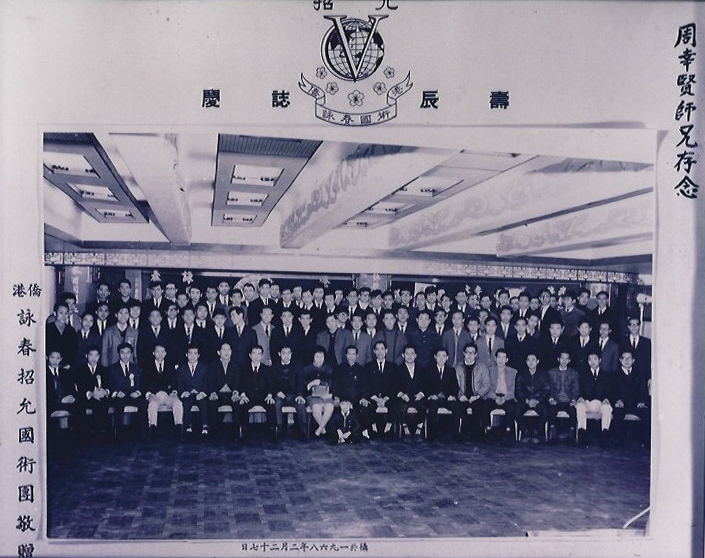
This is a photo of Jiu Wan students. Hung Chow is seated fourth from the left of Jiu Wan.
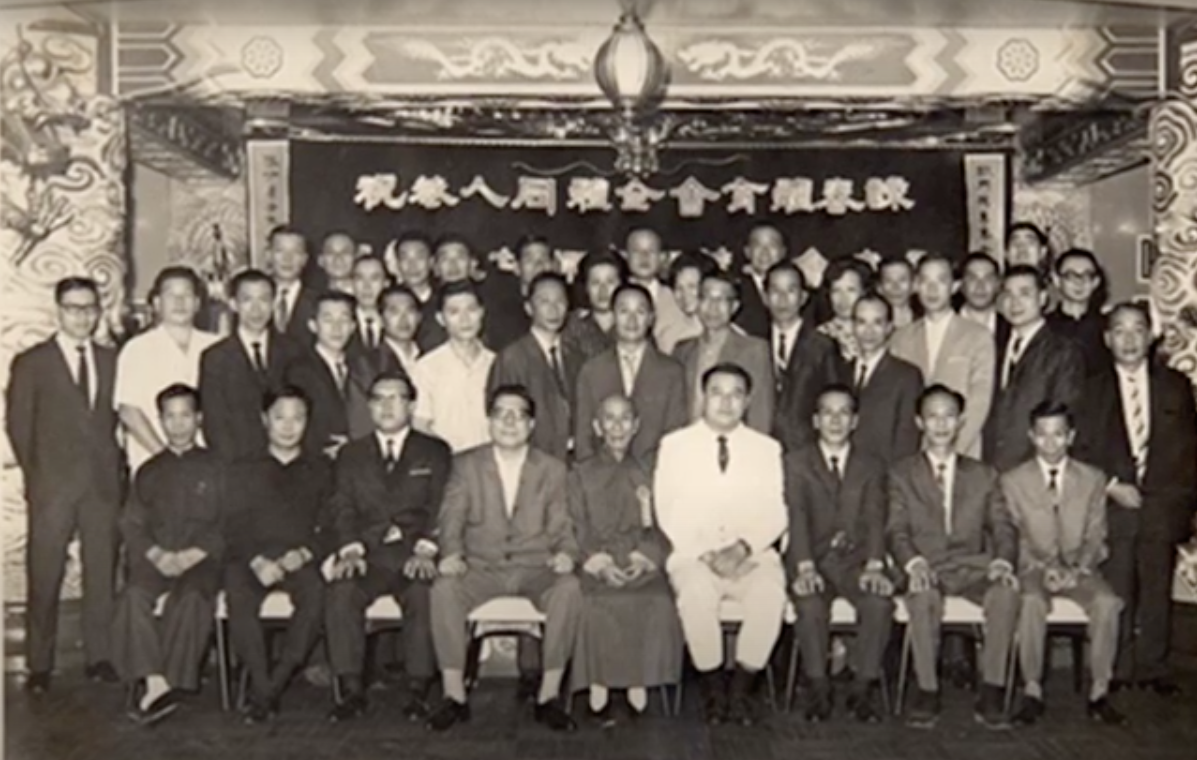
Jiu Wan is the first person seated on the left in the front row. Yip Man is in the front middle.
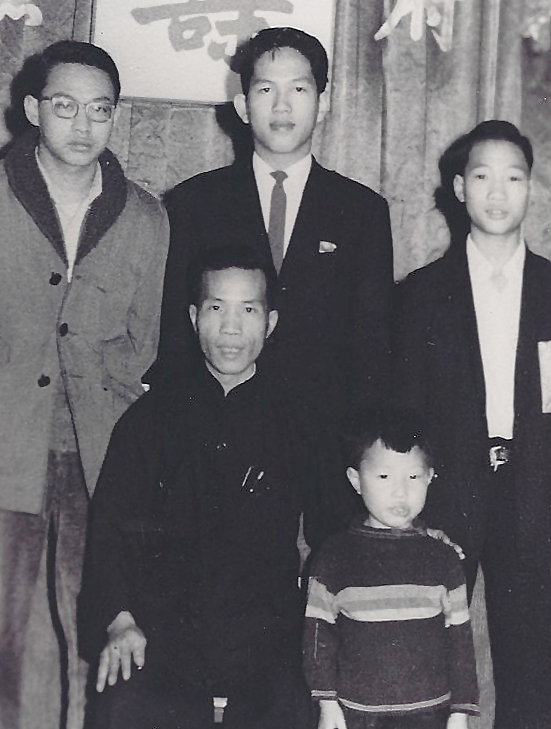
This is a picture taken in Hong Kong of Hung Chow (back center) with Jiu Wan (bottom left).
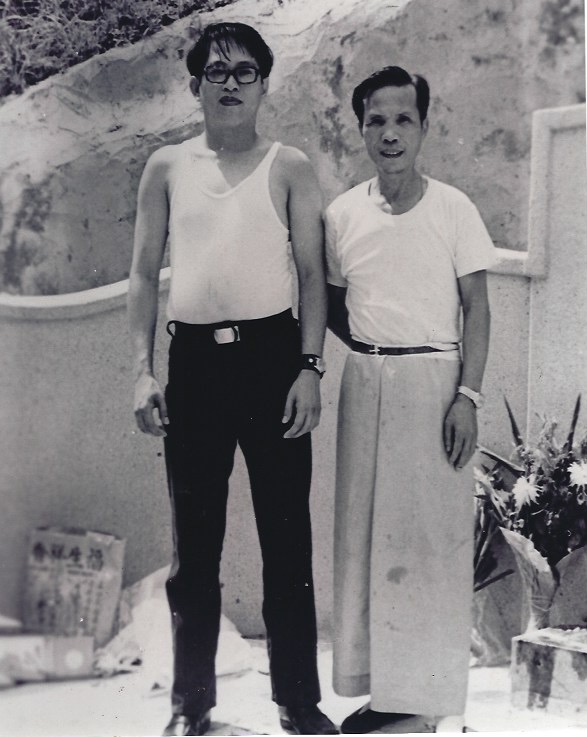
Hung Chow and Jiu Wan at Yip Man’s grave.
